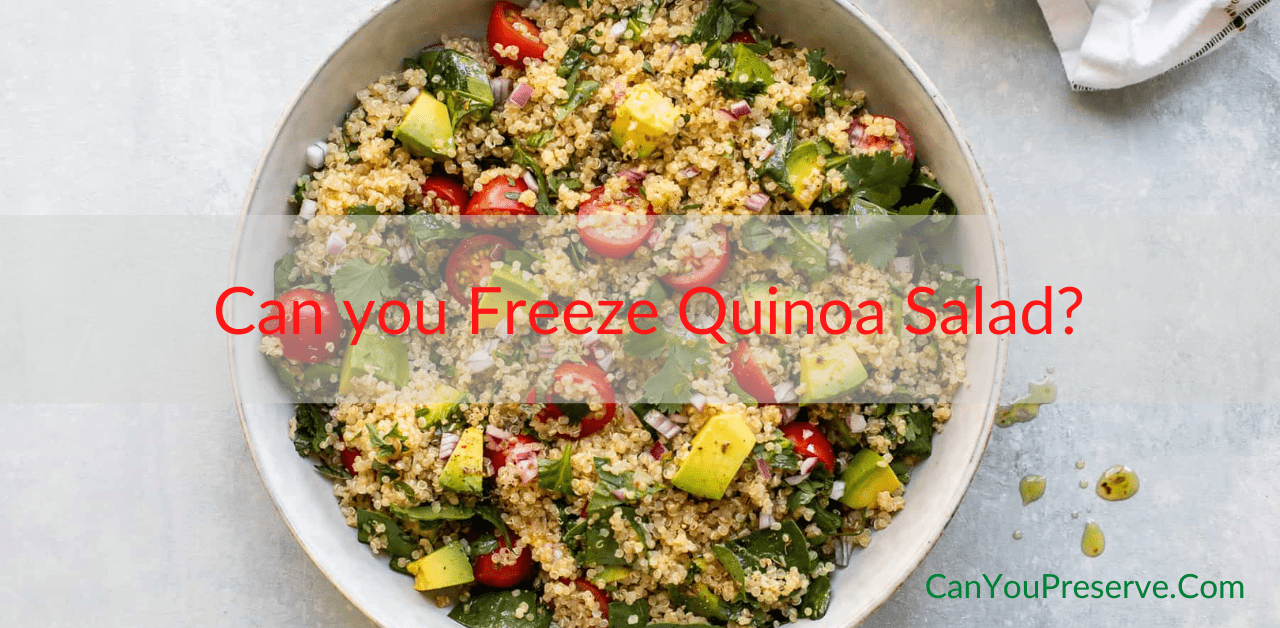Can You Freeze Granola?: Granola is a fantastic breakfast dish, an excellent snack, and a delicious dessert mixed with fruit. Granola has an approximate six-month shelf life and usually is edible for at least a couple of months after the expiration date has passed.
After removing the bag’s seal, the contents will often remain edible for a couple of months, depending on how the bag was maintained and whether or not it contained preservatives. Read this article to learn more about freezing Granola and additional tips.
- Can You Freeze Granola?
- How To Freeze Granola?
- Do’s & Don’ts of Granola Freezing
- Precautions That Must Be Taken When Freezing Granola
- How Does One Defrost Granola From the Freezer?
- How Long Does Granola Remain Good After Being Frozen?
- Can Granola be Frozen Again?
- How do you freeze dry Granola?
- How long will granola last in the fridge?
- How do you store granola so it stays crunchy?
- When Granola is stored in the refrigerator, does it become moist?

Can You Freeze Granola?
Yes, you can freeze granola and keep it fresh for a longer period. If you follow the right procedure, the granola will stay fresh for months in the freezer. The wrong process can lead to stale granola or moldy based on the condition. Here we are going to learn about the precautions and tips for freezing granola and thawing procedures.
How To Freeze Granola?
Freezing Granola allows it to remain in the best possible condition for the longest time. This method is ideal if you need clarification about the exact time you will consume the Granola.
To store Granola correctly in the freezer, one must:
- Allow the Granola to reach room temperature before storing it so that any moisture that may form does not create ice crystals in the freezer.
- Place the Granola within an airtight container. Ziploc bags are my go-to way for preserving Granola since I can quickly remove all the air and freeze the Granola in portion-sized pieces. If you are utilizing a solid container, you should strive to fill it as much as possible to leave as little space.
- Put the expiration date on the outside of the container so that you always know how long the Granola has been sitting.
- If stored in the freezer for up to seven months, the Granola will stay edible; however, for the best flavor, consume it within three months.
The homemade Granola should not see any apparent changes in texture or flavor after being frozen. Some may become more brittle if the Granola contains a substantial amount of dried fruit. If this upsets you, eliminate the dried fruit and add it to the Granola after it has been defrosted.
Do’s & Don’ts of Granola Freezing
Now that you understand how to freeze Granola, we strongly advise you to follow the following three guidelines for optimal results:
You should ensure that the Granola you plan to freeze is vacuum-packed; if this is not possible, place the Granola in a bag that can be sealed and remove as much air as possible from the pack; you may even use a straw! Several tutorials, including this one, illustrate how to expel air from the interior of a bag by applying water pressure to the bag’s exterior.
Avoid ingredients with high moisture content
For example, fresh fruit will cause condensation within the bag, leading to freezer burn over time. This must not occur under any circumstances!
Select Dried Fruits With Extreme Caution
To make your own Granola, you should consider which dried fruits to use. Since dried fruit can become particularly chewy after being frozen and thawed, you should avoid adding too much if you don’t want to exert much jaw movement first thing in the morning.
Precautions That Must Be Taken When Freezing Granola
When freezing Granola, specific measures must be taken to ensure that the finished product is still edible. The most crucial step before moving on to the next phase is ensuring that the Granola is completely dry and then packing it to be frozen.
If there is any remaining moisture in the Granola after it has been dried, it will freeze and thaw into large chunks, making it challenging to consume. Additionally, it is advantageous to package the Granola in small amounts so it may be melted quickly. This allows the Granola to defrost without difficulty. Granola that has been frozen can be stored for up to three months without any quality decline.
How Does One Defrost Granola From the Freezer?
For Granola to defrost correctly, it must be placed on the counter overnight.
If you ensure that the Granola you use is vacuum-sealed, you will not even need to open the bag to defrost it. Opening the bag would expose the mixture to air, which could cause the Granola to become stale.
What if you wanted to defrost it outside instead of bringing it inside? If this is the case, we recommend vacuum-sealing individual portions of Granola so that they can thaw overnight at room temperature in a bowl after being removed from the freezer.
Do Check
How Long Does Granola Remain Good After Being Frozen?
Granola can be frozen for up to three months to preserve its quality optimally. Technically, it can be frozen for longer and still be perfectly fine, but freezer burn can set in at that point, rendering the dish inedible.
Before storing the bag of Granola in the freezer, it is strongly suggested that you wrap it in one or two layers of aluminium foil. This will aid in preventing freezer burn as much as possible. This will prevent the bag from touching ice, the primary cause of freezer burn that must be avoided at all costs.
Can Granola be Frozen Again?
Yes, you can refreeze Granola. To successfully refreeze the Granola, the amount of moisture in the air surrounding the Granola is the critical impediment that must be overcome. The Granola will eventually develop rancid if left exposed to the elements.
A decent rule of thumb for refreezing Granola is to reset the 3-month ‘clock’ when placing the Granola back in the freezer. This will ensure that the Granola remains fresh for the maximum time.
We recommend this because a timer set for three months will prevent the Granola from experiencing freezer burn. The timer is reset when Granola is defrosted and then placed back in the freezer.
FAQs On Freezing Granola
1. How do you freeze dry Granola?
Granola can be stored for up to three months in the freezer. Before placing the Granola in the freezer, the most effective approach is to use a vacuum sealer to remove as much air as possible from the container, leaving as little space for air as possible.
2. How long will granola last in the fridge?
Granola has a shelf life of around six months when stored in the fridge.
3. How do you store granola so it stays crunchy?
Store granola in an airtight container to make it crunchy for a maximum of the time.
4. When Granola is stored in the refrigerator, does it become moist?
If you refrigerate yogurt parfaits, they will remain fresh for several days. The Granola will get moist and soggy.
Final Words
To freeze Granola, you need only place it in an airtight container with as little space as possible. The ideal will be if you have access to a vacuum sealer. For the best flavor, freeze it for no longer than three months, and remove it from the freezer the night before you plan to consume it. Keep reading our blogs for more informational content.








